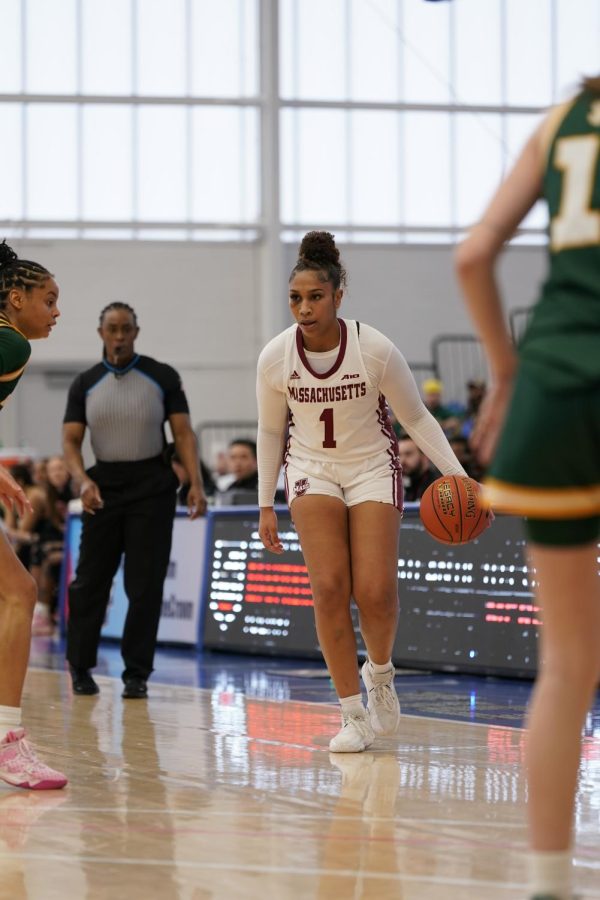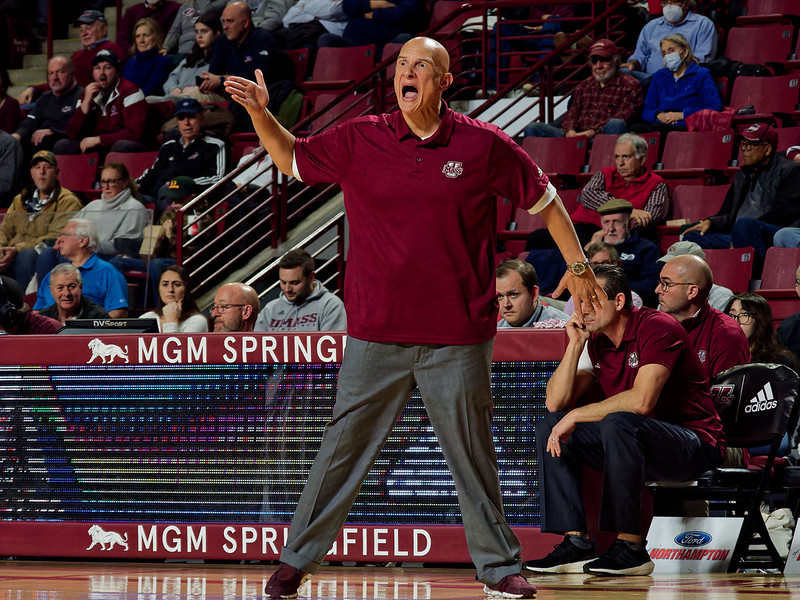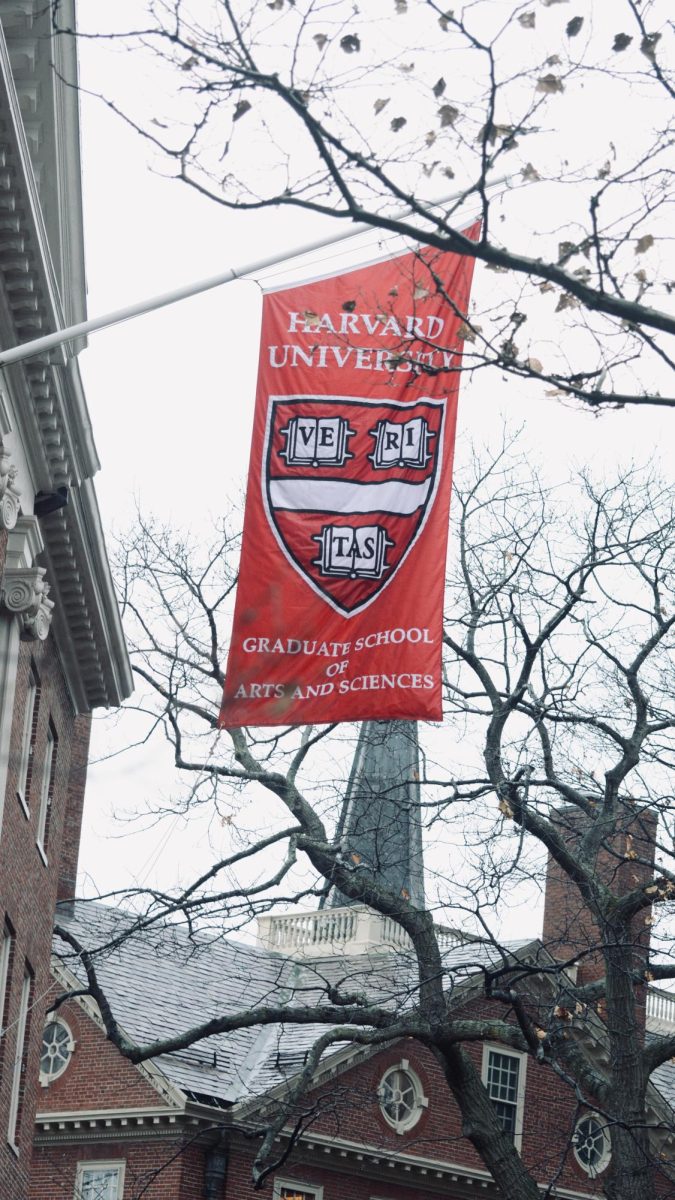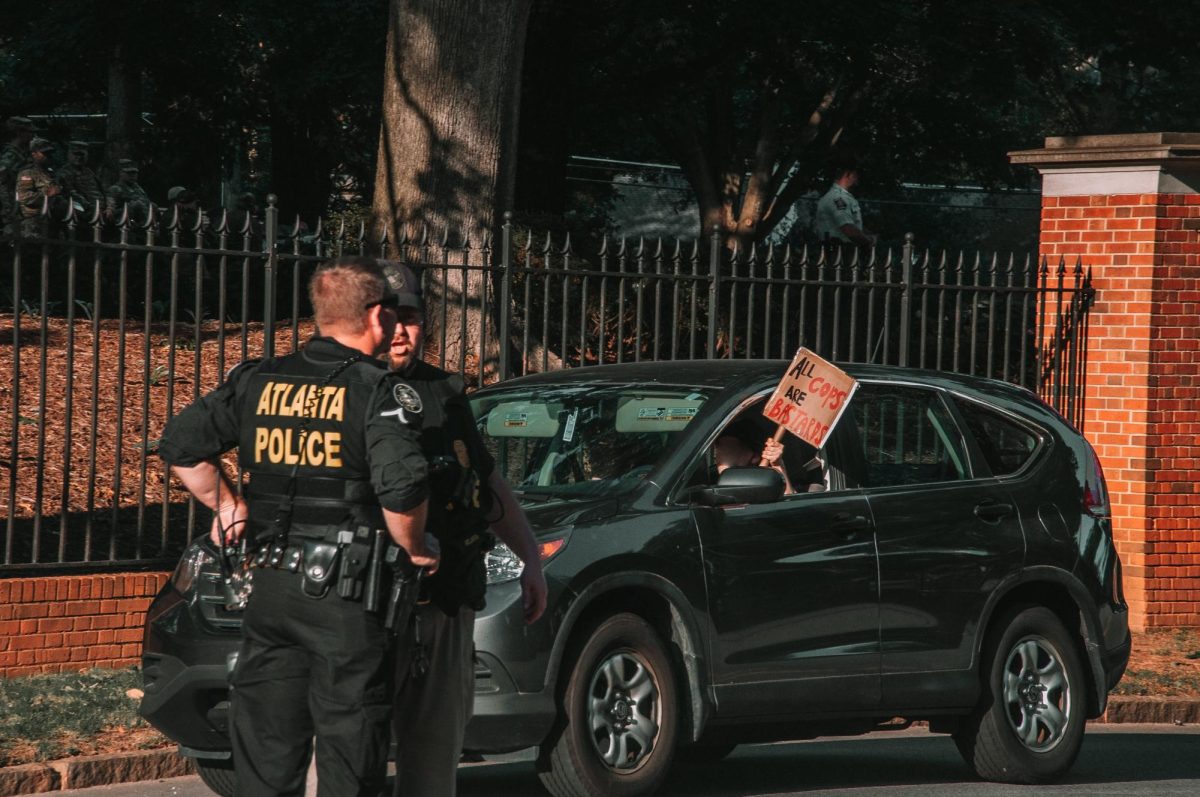Inflation rates in the United States are the highest we’ve seen in 40 years, and college students are among the most affected individuals, faced with increased prices for tuition and housing, gas, groceries and other necessities, like dorm supplies.
As the price of goods and services rises, currency becomes less valuable. In the U.S, the inflation rate in August 2022 sat at 8.3 percent over the year prior, while the average inflation rate usually sits at around 2 percent.
The University of Massachusetts announced in April that in-state tuition would rise by 2.5 percent and out-of-state tuition would rise by 3 percent this academic year. College students in the U.S. frequently experience financial instability, and rising tuition costs will disproportionately affect low-income families and students.
Most students at UMass receive some type of financial aid, and on average, they graduate with more debt than their counterparts in the Five College Consortium. Students relying on need-based assistance are more vulnerable to the effects of rising tuition. For students with private student loans, interest rates have also risen since last year; loans with fixed rates mean many students will be saddled with debt for the life of their loan.
Room and board costs at UMass also rose by nearly 4 percent. The University already has limited housing on campus, and with rent prices drastically rising with inflation, affordable housing options are next to impossible to find. Many UMass students are specifically concerned about off-campus housing — the increase in rent in Amherst and the surrounding areas is stifling.
One friend I spoke to anecdotally described the stress she feels towards UMass housing. She explained that even if she works all summer, she simply cannot make enough money to make up the difference of living off-campus this year and last year. She expressed that increasing rent prices means she would have to come up with much more money upfront every month, rather than having significantly more time to pay her loans back, which would cover room and board on campus consistently. Although, long-term, she may end up having more debt because of rising costs on campus.
A great deal of UMass students have jobs, many out of necessity. Despite wages increasing, it’s difficult to keep up with inflation, and many students must turn to budgeting, even if it cuts into purchasing necessities.
Though gas prices have dropped recently, they rose to alarming levels over the last several months. The average gas price in Massachusetts is hovering around $3.60, while one month ago, when the semester began, it was $4.17. Thousands of UMass students bring and use their cars frequently, whether it be traveling to classes from off-campus housing, work, stores or trips home.
Food, both on campus and off, is becoming increasingly expensive, too. According to the Farm Journal, grocery store prices rose 10 percent and restaurant prices rose 6.9 percent between March 2021 and March 2022. The UMass YCMP meal plan increased by $1.50 per meal in an effort to keep up with rising prices. Students now mention that they must be more mindful of their food and drink purchases at campus dining locations because of the increase in prices.
Other necessities, like dorm supplies, have risen substantially as well. The National Retail Federation announced that back-to-school spending has increased by $2.8 billion since last year, now sitting at $73.9 billion.
Now, more than ever, college students across the country worry about being able to fill up their tanks before work, buy cost-effective necessities and find housing. With inflation rates in the United States rising, college students are confronted with daunting obstacles and ultimatums.
Juliette Perez can be reached at [email protected].



















